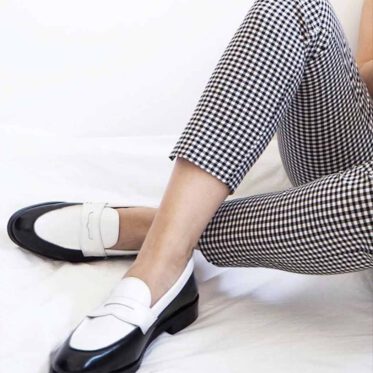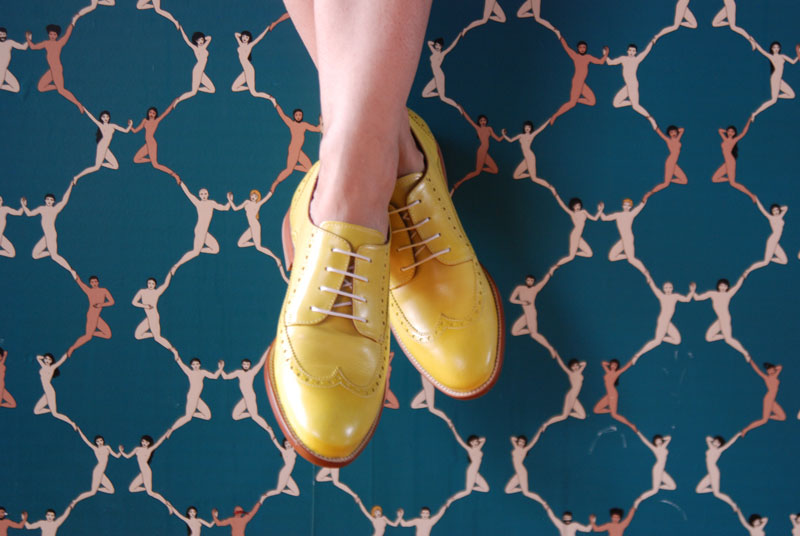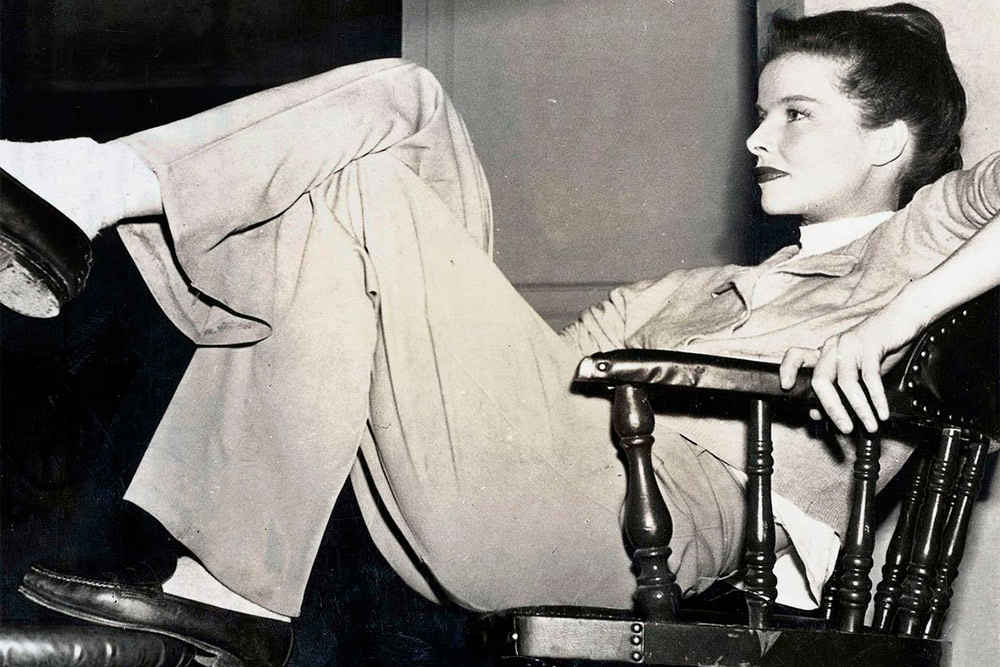Trends
History of the Moccasins, Loafers and Penny Loafers
The Origin and History of Loafers, Penny and Tassel Loafers
We love to dive into the origins of all our models. And the history of Loafer Shoes is deep. In addition to satisfying our curiosity, we learn why so many elements are part of the shoes we wear. We see how these models throughout the different decades have been dressed in many different ways. The same garment, but perceived in very different and contrary ways, depending on each context and place. Sought after at first by the most bohemian and then by the most conservative. From the most contemporary to the most traditional style, always the same model but with different connotations.
Thanks to this chronology of Loafer Shoes we have travelled around the world and through time. We have had fun with the stories, rhymes and legends of the different brands that claim to have invented them. Here are the most reliable facts we have found.
From the United States to Norway
In the prehistory of the loafer, there is a design that undoubtedly inspired its inventor in terms of construction. These early moccasins were the work of a Native American tribe, the Powhatan, who wore simple shoes with untanned leather and no fastenings. They were called “makasin“, which is how they say “shoe” in their language.

At the beginning of the 20th century, Norwegian sailors and farmers developed hard, practical work shoes that were very popular. Whether it was foreign tourists visiting the fjords or going salmon fishing, or the people who met these sailors in the different ports of the world.

Here the key figure of Nils Gregoriusoon Tveranger will appear. Nils, a young local boy who had learned the shoemaking trade in Boston, set up a workshop in the Norwegian town of Aurland. There, in 1926, he developed a model based on the working moccasins of the local sailors. He also used a type of cut inspired by ancient Native American moccasins. He undoubtedly learned this technique during his American training period. Following the story of this small Norwegian company, which still exists today, he finished off his design with a longitudinal tongue at the top of the vamp. This is the characteristic decorative mask we are all familiar with. He decided to name this model after his hometown, Aurland Moccasin.
Penny Loafers travel to Paris
Some of these Aurland moccasins were exported to Europe and North America. They were a different kind of shoe and attracted the attention of the fashionable and elegant of the interwar period. Among them, the literary elite of the time. Like F.S. FitzGerald, for example, who we see on a trip to Rome in the 1920s. And on the other hand, several of the writers of the lost generation in Paris, like E. Hemingway. We love to think that some of our favourite writers of this period like Henry Miller or J. Dos Passos, in the crazy nights of Montmatre, wore penny loafers as we do today.
Penny Loafers arrive in New England
At the same time, some Norwegian models arrived in the United States. There, a New Hampshire manufacturer made his version and because they were easy to put on and take off, he called them “Loafers“. We already have the name. Later in the 1930s, another manufacturer in Maine began to make them on an industrial scale and market them all over the world.

The adoption of Loafers as an elegant and comfortable shoe in the United States was rapid in the most cosmopolitan environments. Among them were the most famous actors of the time, from Cary Grant to Katherine Hepburn. And the fact is that we are dealing with a different model that from the beginning was used as a unisex moccasin. The loafers were a shoe that was worn equally well by both men and women. In fact, it became one of the first options for women’s work shoes, far from the typical high heels.
The designer of the Tassel Loafer
Parallel to the success of moccasins among movie stars we even have an inventor. The Hungarian actor Paul Lukas, an Oscar winner in 1943, was a man of style. That year he bought Oxford shoes with tasseled laces. He liked the detail and asked a couple of shoemakers in the United States to make him a new model with tassels and with the laces running around the outside of the shoe. A New England workshop put these ideas on the last of a loafer. It was 1949 and this new model was called the “Tassel Loafer”. Mr. Lukas was just as pleased as the manufacturer’s workshop, as he began to market them with great success.
Loafers in the 50s and 60s
At the beginning of the 1950s, American university students were attracted to the advantages of these different and easy to put on and take off shoes. Penny Loafers were to become part of the “Ivy League” style that was to have such an influence on the way the most important youth subcultures of the 50s and 60s of the last century dressed. And the Ivy League style would also be a huge influence on the new way of dressing that was to develop from then on.
These university students were the first to wear their loafers without socks, an idea that of course their teachers didn’t like at all. They also loved to include a few pennies in the opening of the decorative mask. From this point on, the urban legend arose that these pennies were used for a possible call for help in the cabins. Be that as it may, the popularity of the so-called “Penny loafers” was already unstoppable.
Fashion magazines such as Esquire picked up on these college trends. And in the blink of an eye, both coasts of the United States were full of loafers.
All helped by Hollywood film stars such as James Dean or Steve McQueen and by muses of independent cinema in Europe, such as Jean Seberg.
In some of their cult works, you can see them wearing Penny Loafers.
The Italian contribution
As the 60s and 70s progressed, both the tassel loafer and the penny loafer began to be used as office shoes as well. In fact, they ended up becoming a formal dress shoe for the office, especially in the USA and Japan. At that time, from Italy they started to launch versions of Loafers with a different type of finish, less structure and with other colours. A totally different style to the classic Loafers.
Our classic proposal of Penny Loafers and Tassel Loafers

The decades have gone by, as well as many variations that tried to give this model a different character. We at Beatnik Shoes are committed to the classic models of the 50s and 60s, the Penny loafer and the Tassel loafer, for both men and women. Loafers that are versatile, comfortable, elegant and very durable, as they are handmade with the best leather.

And the loyalty to the classic style of the Loafers has been rewarded with more than enough, becoming year after year one of your favourite models.

We hope you have enjoyed our journey through the history of moccasins, loafers, penny loafers, as you prefer to call them.








